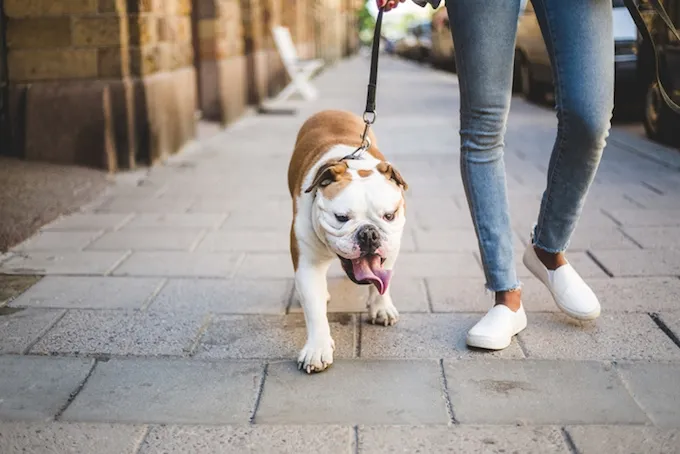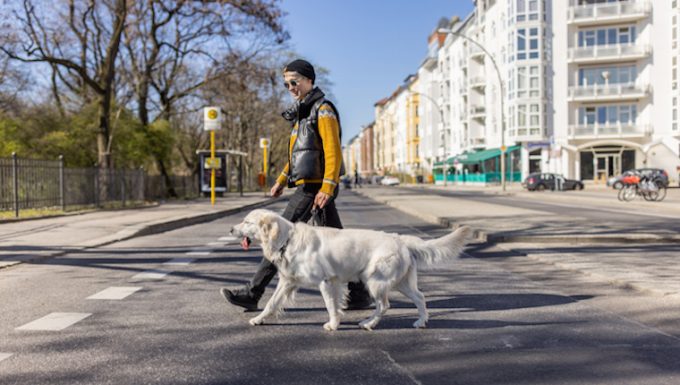Incoordination of the legs in dogs happens when a dog cannot properly control its legs when moving. The condition is a type of ataxia.
Unfortunately, some breeds are affected by the condition more than others. For example, Coton du Tulears and Kerry Blue Terriers often suffer from it.
Technically, the condition is also known as hypermetria and dysmetria in dogs. Specifically, hypermetria involves overstepping and dysmetria means not being able to measure space properly.
If you see the signs of the condition in your dog, then get to a veterinarian for a proper diagnosis and treatment.
Here’s what you should know about the symptoms, causes, and treatments for the condition.
Symptoms of Incoordination of the Legs in Dogs
The condition produces a wide range of symptoms. For example, some of the most common symptoms include:
- Losing balance when running
- Tremors
- Dilated pupils
- Head tilt
- Stiff limbs
- Swaying
- Jerky movements
- Wide stance
Causes of Incoordination of the Legs in Dogs

The cause of the condition is often a trauma to the head or back. Additionally, lesions and brain tumors can cause the condition.
Treatments for Incoordination of the Legs in Dogs
Firstly, your vet will ask about your dog’s symptoms. Secondly, your vet will ask about your dog’s full medical history.
Thirdly, a full physical examination will be carried out. Additionally, an orthopedic exam will be conducted. This allows your vet to assess how your dog walks.
Generally, imaging techniques can also be used to highlight any issues with the brain or spine. Additionally, your vet will test your dog’s reactions.
Ultimately, treatment will depend on the severity of the condition. For example, severe cases will require hospitalization. However, milder cases can be treated on an outpatient basis.
Finally, while recovering at home it is important to provide your dog with a quiet and calm environment. Cage rest can also be beneficial in some cases.
Have you ever cared for a dog who suffered from this condition? How did your vet help your dog recover? Let us know in the comments section below.









